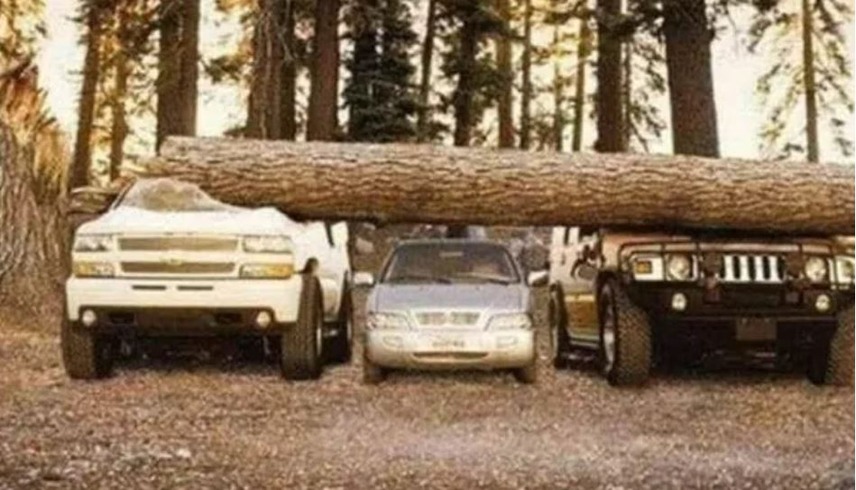Why was bigger considered better?
In 2018 the wind industry agreed that the best way to reduce the levelised cost of energy (LCoE) was to make offshore turbines bigger. Taller towers and bigger swept areas means fewer turbines and fewer foundations. If a developer went with a 14MW WTG instead of a 12MW one they could reduce the number of WTGs by 11 over a 1GW offshore wind farm. Working off a rough number of £1m/MW you could make a reasonable assumption that £132m would be saved on a £1bn project. If you are more than 10% cheaper than your competitor who has a smaller machine you are going to win out every time. This has driven our offshore WTG OEM market to quick iterations of bigger turbines to keep orders coming in.
Someone’s winning, but who?
The consumer has benefitted (allegedly!) as during this period the strike price in the UK fell from £136/MWh (2018) to £72/MWh (2020) to £44/MWh (2026). The developers also benefitted as they have three viable options when selecting an offshore turbine meaning they get a competitive price. We are reducing the cost of wind it is now cheaper than gas at £91/MWh (2026) and have a bumper order book to show for it. So why as an industry are the main players bleeding money?
As someone who works in O&M I can only speculate and gather information second hand as to what goes on at these turbine selection processes. I only get involved 5 years after the wind farm is built when there is a mess to clear up and a problem to solve. I would guess the developers throw an ITT to the respective parties and they have a pissing contest over who has the biggest turbine at the cheapest price. I am sure due diligence is done by the developer, as you don’t get filthy rich by being careless with money, but how much consideration can you give to the lifetime costs of a project (30+ years) where the turbine hasn’t even been fully developed yet? When the developer becomes the operator do they know that the bearings are going to sound like a cement mixer filled with bricks? Or that the blades will wilt under the extreme loads? Or whether these behemoth components can even be manufactured in the first place? This is all speculation of course but isn’t that the point? You can’t exactly pop down to RS Components to get a new bearing with change from a fiver. Chances are there is only one factory in the world that makes these things and only ten jack ups tall enough to replace them which are booked out until 2030 on construction projects. Whilst this risk is all contracted out in availability and warranty clauses it has to rest with somebody.
2022 Financial Results
GE Renewable Energy -€2,000m
SGRE -€940m
Vestas -€1,160m
On the turbine manufacturers side, everyone appears to be losing. SGRE and GE are exchanging blows in the court rooms (the lawyers are winning too!) and all parties are recording huge losses. Historically the business model has been that you sell your turbines at breakeven, or at a slight loss and then make your 25% margin back in servicing. But what happens if you lose your shirt in the warranty phase, the price of steel increases, consenting delays or your customer relationship breaks down and they go in house or to an ISP at the first opportunity? How do you make money then? If you carry all of the risk and have received no reward, a poor performing turbine could be the the difference between profit and loss. WTG OEMs suddenly have a problem. Despite having the pedigree, a product that people want and operating in a growing market this no-brainer suddenly seems like a risky business model.
So, what happens now?
McKinsey has projected that offshore wind capacity is going to reach 630GW by 2050 from a position of 40GW in 2020. Assuming even distribution of market share between three OEMs (unlikely) that’s only 430 turbines a year per manufacturer. That number only decreases as the turbines get larger. If you are selling each one of those at a loss due to high turbine development costs why is the investment in new turbines and not into manufacturing and reliability? If we’ve beaten gas in the open market on LCoE it strikes me that CAPEX isn’t going to be the problem, now we are only competing with ourselves. Both onshore and offshore there are financial signs that we are due another period of consolidation whereby we may lose some Western players leaving the door open to Chinese manufacturers. Mingyang are already making moves in Italy and the UK, so with steel cost pressures this seems an eventuality. Coincidentally Mingyang are now talking of a 18MW machine. Can you see where this is going?
WTGs packaged with Power to X and some bigger investment into O&M seem better strategies. The challenges of profitability, grid instability and by extension climate change remain to be solved whilst we create further problems in making bigger blades, towers, bearings and power electronics. Historically, O&M research and development has not had a long tail post production as design resource is reallocated to new machines. Perhaps it has been viewed as cost mitigation rather than driving new revenue and having spent a lot of time with design engineers (a curious breed) they always prefer to pioneer rather than polish so it is easy to see why both commercial and technological drivers line up and we have a space race on our hands.
In the words of Marco Pierre White: “We live in a world of refinement, not invention and the secret to good cooking is knowing when to stop cooking.” Operating by the three pillars of sustainability: – economic viability, social equity and environmental protection – it is what separates us from other generation technologies, we would do well to remember them.






Leave a comment